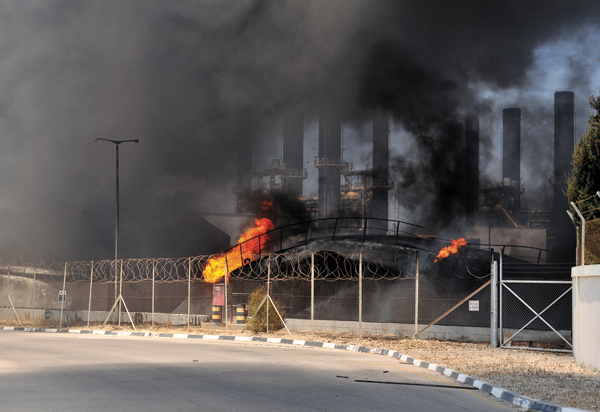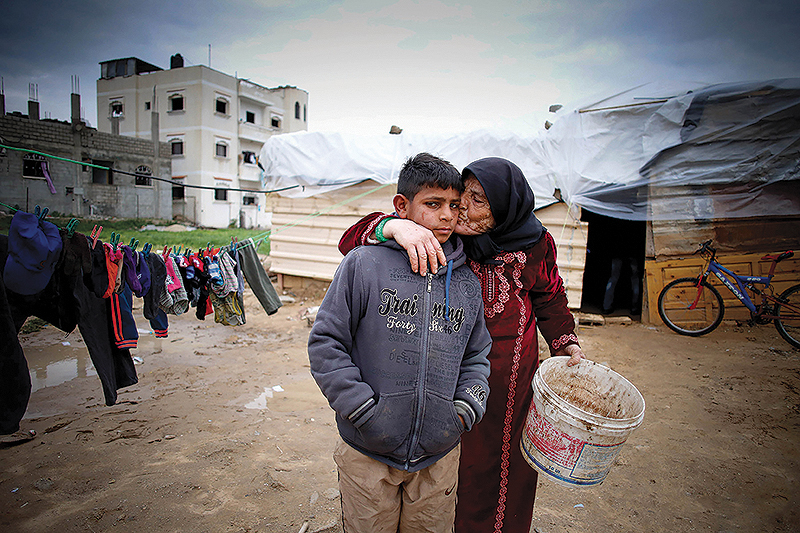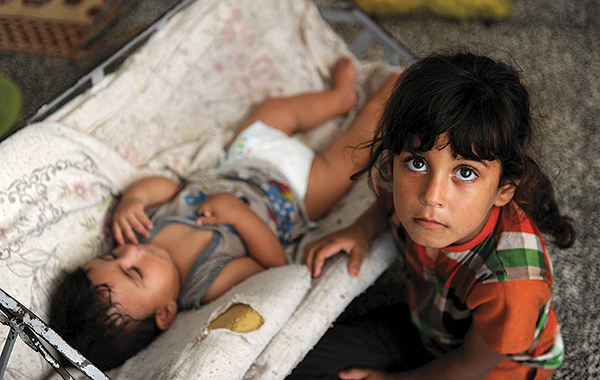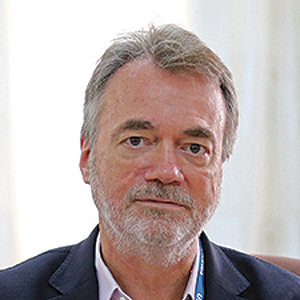
“I have survived the past three wars, but that is not the problem. In this place, wars come and go. The bigger struggle is not to lose hope. The only way I can do that is to retreat, and create my own world, and become oblivious.” This was told to me by 36-year old Ali, who works as a waiter in one of the coffee shops in Gaza city.
Ali was born in Gaza and for almost ten years has been living under a tight blockade on air, land and sea. June 2017 marks ten years of blockade keeping him and the rest of the 1.9 million people of Gaza isolated and locked into a tiny 365 square kilometers-enclave. The Gaza Strip has one of the highest population densities in the world. It is tormented by extreme poverty – a result of the dire socio-economic conditions eroding coping mechanisms of individuals and families alike – and dilapidated after repeated conflicts. Recently announced salary cuts for employees of the Palestinian Authority in Gaza put an additional strain on those affected and their families as well as the overall socioeconomic situation.
The blockade has effectively eroded what was left of a middle class, sending almost all of the population into aid-dependency and destitution. The unemployment rate in quarter two of 2016 stood at 41.7 per cent and 80 per cent of the population (1.2 million) are forced to rely on humanitarian assistance to be able to cover their very basic needs, such as food, but also basic education, basic health care, shelter, or even items such as blankets, mattress or a cooking stove. While UNRWA in 2000, before the blockade, provided food assistance to 80,000 beneficiaries, we support almost one million today.
Chronic fuel and electricity shortages – with power cuts between 18 and 22 hours per day –, extreme water pollution – 95 per cent of the Gaza groundwater is undrinkable – and devastated infrastructure as a dire reminder of repeated cycles of armed violence – are the daily reality. Gaza’s people are denied a human standard of living. This was not always the case: before the imposition of restrictions on movements of people and goods, the Gaza Strip was a relatively developed society with a productive base and a thriving economy.

Blockade and almost 50 years of occupation have reversed this process, accelerated by repeated Israeli military operations and widespread destruction, and today Gaza is subject to what the UN calls de-development. Ending the blockade and occupation is the single most important priority to enable Palestinians to chart a successful course to the Sustainable Development Goals. Located at the Mediterranean Sea between Egypt and Israel, Gaza could be famous for its palm trees, fruits and white beaches. Instead, it is known for a sewage and hygiene crisis described by Time magazine as a “ticking global-health time bomb”.
UNRWA not only frequently spoke out against the disastrous impact of recurrent conflicts in Gaza, but has also – along with the UN at the highest level – repeatedly condemned the rockets launched from the enclave. We are disturbed by all risks to loss of life. At the same time we believe that the current, and increasing restrictions on the movement of people and goods may in a very significant manner lead to exactly the opposite result of their stated reasons; that is to enhance security in Israel. The severe restrictions represent a potential risk for increased frustration, violence and radicalization, and could even be the trigger for another devastating conflict in the Gaza Strip.
The repeated warnings will become reality
The UN has issued repeated warnings about the unsettling and serious conditions prevailing in the tiny enclave; we warned already four years ago that the Gaza Strip will become unlivable – meaning that there will effectively not be enough resources for people to survive – by 2020. This is in less than three years. These warnings have been repeated ever since. If no fundamental and immediate action is taken to address the underlying causes of conflict such as the blockade which must be fully lifted, they will become reality; the catastrophe will not be looming on the horizon anymore.
When a place becomes unlivable, people move. This is the case for environmental disasters such as droughts, or for conflicts, such as in Syria.
Yet this last resort is denied to the people in Gaza. They cannot move beyond their 365 square kilometers territory. They cannot escape, not the devastating poverty nor the fear of another conflict. Its highly educated youth – almost 50 per cent of the population are below 17 years of age – do not have the option to travel, to seek education outside Gaza, or to find work, anywhere else beyond the perimeter fence and the two tightly-controlled border-checkpoints in the north and south of the Gaza Strip.
With the Rafah crossing between Egypt and Gaza almost entirely closed except for a few days per year, and with Israel often denying exit even for severe humanitarian cases or staff of international organizations, the vast majority of the people have no chance of getting one of the highly sought-after “permits”. They can also not leave across the sea without the risk of being arrested or shot at by the Israeli or Egyptian navies, and they cannot climb over the heavily guarded perimeter fence between Israel and Gaza without the same risks.
Psychosocial impact: high levels of stress
and distress
The compounded effects of the blockade have also had a less visible, but yet profound and palpable psychological impact on the people in Gaza. Whatever resilience people have left, it is being eroded with every day the blockade continues. UNRWA’s Community Mental Health Programme has found that Palestine refugees in Gaza are experiencing increasingly higher levels of stress and distress. The reporting of suicide cases across the Gaza Strip, once unheard of but now becoming a regular occurrence, clearly suggest that the coping capacity of Palestinians is being exhausted.

“Boredom is a key factor for the depression and hopelessness of the young people. They sit in the dark – literally because of the lack of electricity – and feel helpless. They think about their life and only see negative solutions. Gaza is full of ideas; there is so much creativity in this place. But we don’t focus enough on our own ideas,” summarized Rana Quffa, a youth community leader from Gaza’s Middle Area, “We focus on our aid-dependency. The blockade has also led to a blockade in the mind-set of people. Young people are retreating. Why should we try, if there is always and every time a big NO to everything? The feelings that engulf Gaza’s youth to me. ”Life in Gaza is a vicious cycle. Who will help us break it?” she also asked.
♦ Among Palestinian refugee children, UNRWA estimates that a minimum of 30 percent require some form of structured psychosocial intervention. Their most common symptoms are nightmares, eating disorders, intense fear, and bed-wetting.
The blockade on Gaza is not just political terminology; it is also not a natural disaster that just “happened”. The blockade on Gaza is man-made, and it is about real lives, about real stories. It is time to give Gaza, and its youth, its future back. The blockade must be lifted.
» Bo Schack is the Director of UNRWA Operations (DUO) in Gaza, and has a 30-year career in the United Nations system. Mr. Schack joined the United Nations Refugee Agency (UNHCR) in August 1985 after having worked as an associate attorney in Copenhagen and with the Danish Ministry of Industry. His recent posting with UNHCR was in Afghanistan as Agency Representative and Country Director (2013–2015). Mr. Schack holds a law degree from the University of Copenhagen and studied international law at the European College in Bruges, Belgium. He obtained an MBA from the Open University Business School, United Kingdom.


